Gideon and his fleece, miniature from the Gradual of Ferdinand and Isabella, illuminated manuscript on parchment [Spain (Castile, probably Avila), c. 1482-1492]oval topped miniature from the cornerpiece of a decorated border of a gargantuan choirbook, trimmed to edges of frame, with Gideon dressed as a young man in armour, kneeling and gazing at the sky as a blue-winged angel descends towards him holding a banderole, his sheep skin and shield before him, all before a wooded hilly landscape, within a thin wooden frame, much scuffed with small tear to lower lefthand edge, six small pinpricks to reverse in area of angel, 134 by 80mm.From a grand choirbook produced for Ferdinand and Isabella, joint monarchs of Spain, patrons of Christopher Columbus and owners of both North and South America. J.D. Bordona in his Spanish Illumination, 1930, p. 61, describes it as “one of the most sumptuous and artistic series of choir-books in all Spain”, and tentatively ascribes it to the royal illuminator Juan de Carrion, who worked in Avila from the 1470s. It was presented by the royal couple to the Dominican convent of Santo Tomás Aquino, in Avila, Old Castile, as part of a royal campaign of rebuilding there; and later their son Prince Juan was buried there. By the nineteenth century certain areas of a large number of leaves had become scuffed and damaged as here, and were partly repainted in an amateurish fashion. The book then came into the possession of Manuel Rico y Sinobias, who cut it up and dispersed it. By 1918, two cuttings were in the Fitzwilliam Museum in Cambridge (MS. 293 a-b), and others emerged on the market in the Mettler sale, Mensing, 22 November 1929, lot 98, as well as with H.P. Kraus, cat. 112 (1965), no. 45, and Sotheby’s, 10 December 1996, lots 23 and 24, and again, 5 July 2005, lot 40. Other cuttings can be traced in the Museo Arqueológico in Madrid (Exposición de codices miniados Españoles, 1929, nos. civ-cvii and fig. 68) and the Zeileis collection (see Più Ridon le carte, II, 2002, pp. 414-15). The present cutting comes from a leaf sold by Pirages, cat. 51 (2004), no. 72, bought by Bruce Ferrini, who continued the process started by Manuel Rico y Sinobias a century before by cutting it up further and selling the pieces on.
Gideon and his fleece, miniature from the Gradual of Ferdinand and Isabella, illuminated manuscript on parchment [Spain (Castile, probably Avila), c. 1482-1492]oval topped miniature from the cornerpiece of a decorated border of a gargantuan choirbook, trimmed to edges of frame, with Gideon dressed as a young man in armour, kneeling and gazing at the sky as a blue-winged angel descends towards him holding a banderole, his sheep skin and shield before him, all before a wooded hilly landscape, within a thin wooden frame, much scuffed with small tear to lower lefthand edge, six small pinpricks to reverse in area of angel, 134 by 80mm.From a grand choirbook produced for Ferdinand and Isabella, joint monarchs of Spain, patrons of Christopher Columbus and owners of both North and South America. J.D. Bordona in his Spanish Illumination, 1930, p. 61, describes it as “one of the most sumptuous and artistic series of choir-books in all Spain”, and tentatively ascribes it to the royal illuminator Juan de Carrion, who worked in Avila from the 1470s. It was presented by the royal couple to the Dominican convent of Santo Tomás Aquino, in Avila, Old Castile, as part of a royal campaign of rebuilding there; and later their son Prince Juan was buried there. By the nineteenth century certain areas of a large number of leaves had become scuffed and damaged as here, and were partly repainted in an amateurish fashion. The book then came into the possession of Manuel Rico y Sinobias, who cut it up and dispersed it. By 1918, two cuttings were in the Fitzwilliam Museum in Cambridge (MS. 293 a-b), and others emerged on the market in the Mettler sale, Mensing, 22 November 1929, lot 98, as well as with H.P. Kraus, cat. 112 (1965), no. 45, and Sotheby’s, 10 December 1996, lots 23 and 24, and again, 5 July 2005, lot 40. Other cuttings can be traced in the Museo Arqueológico in Madrid (Exposición de codices miniados Españoles, 1929, nos. civ-cvii and fig. 68) and the Zeileis collection (see Più Ridon le carte, II, 2002, pp. 414-15). The present cutting comes from a leaf sold by Pirages, cat. 51 (2004), no. 72, bought by Bruce Ferrini, who continued the process started by Manuel Rico y Sinobias a century before by cutting it up further and selling the pieces on.

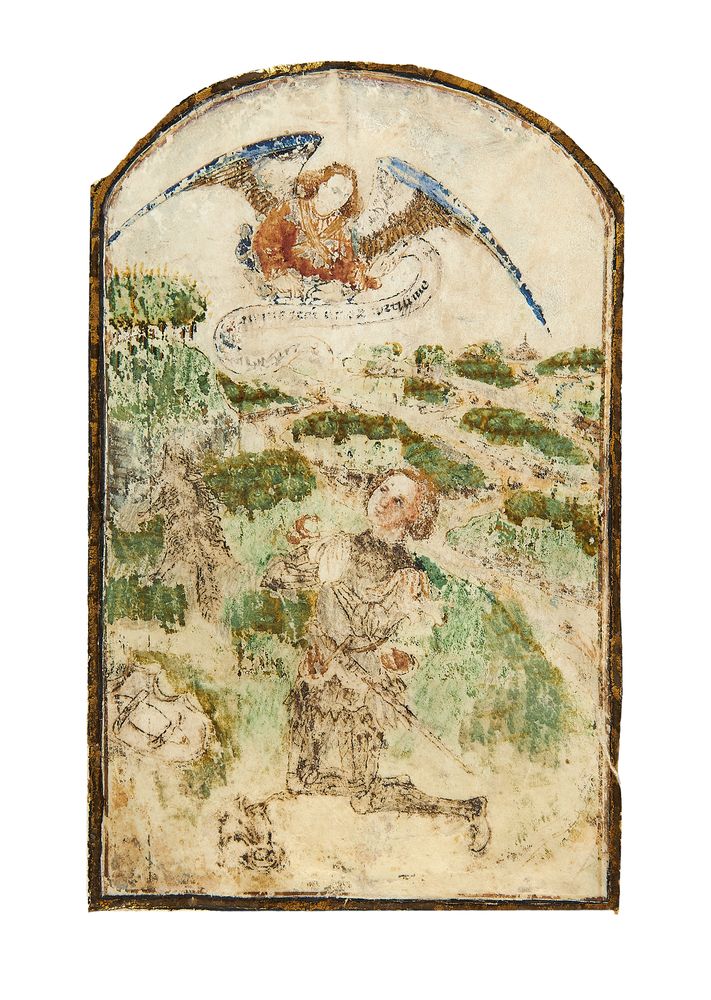
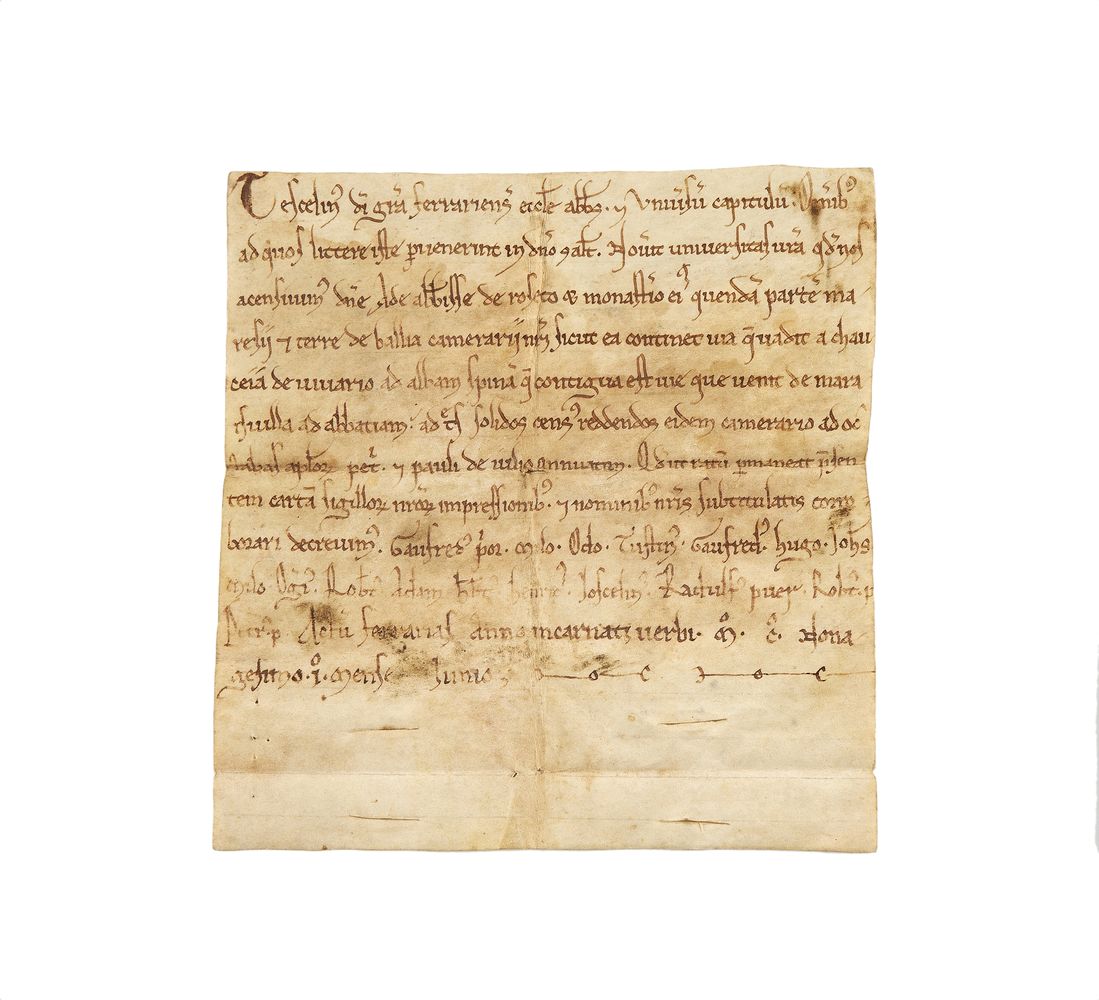
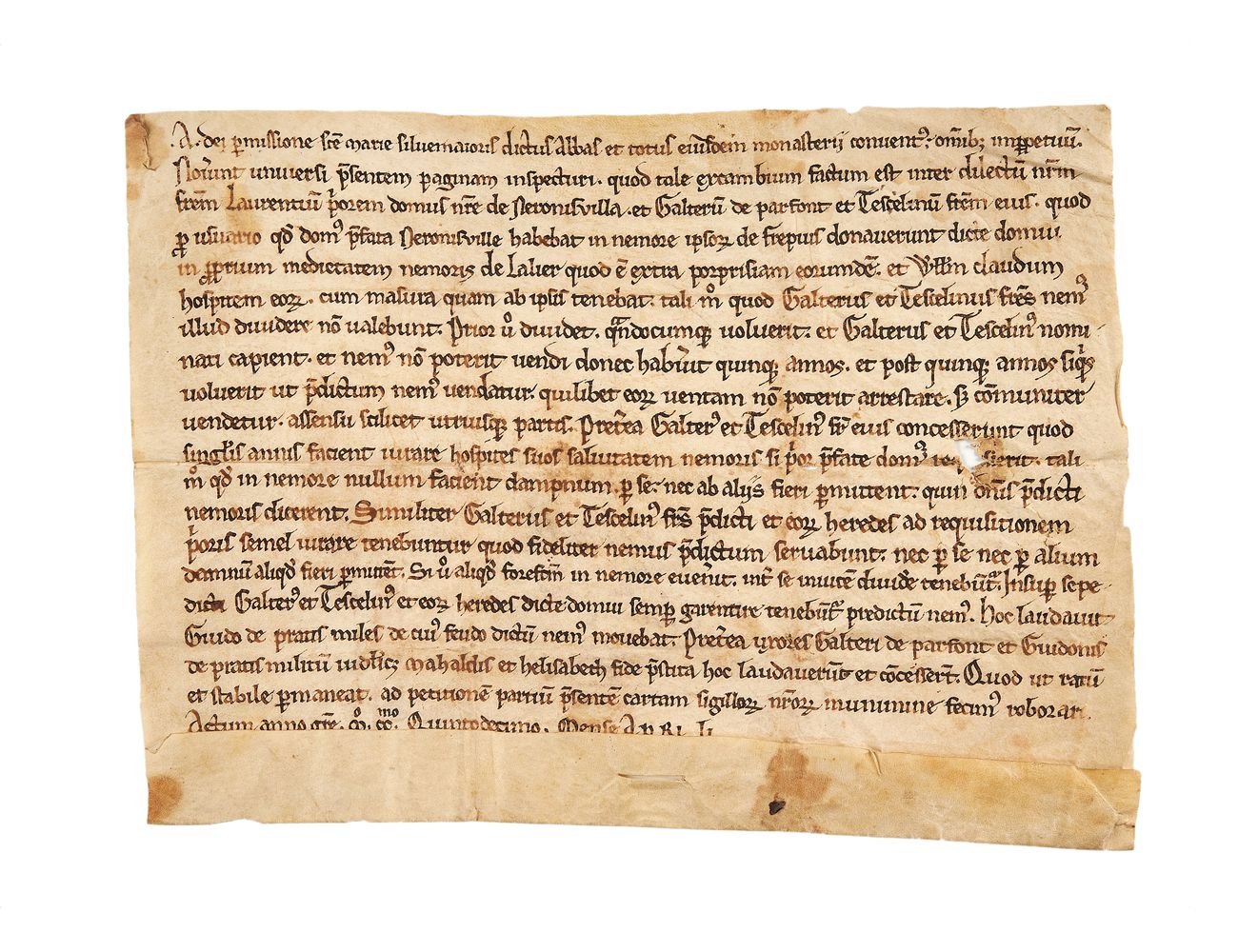
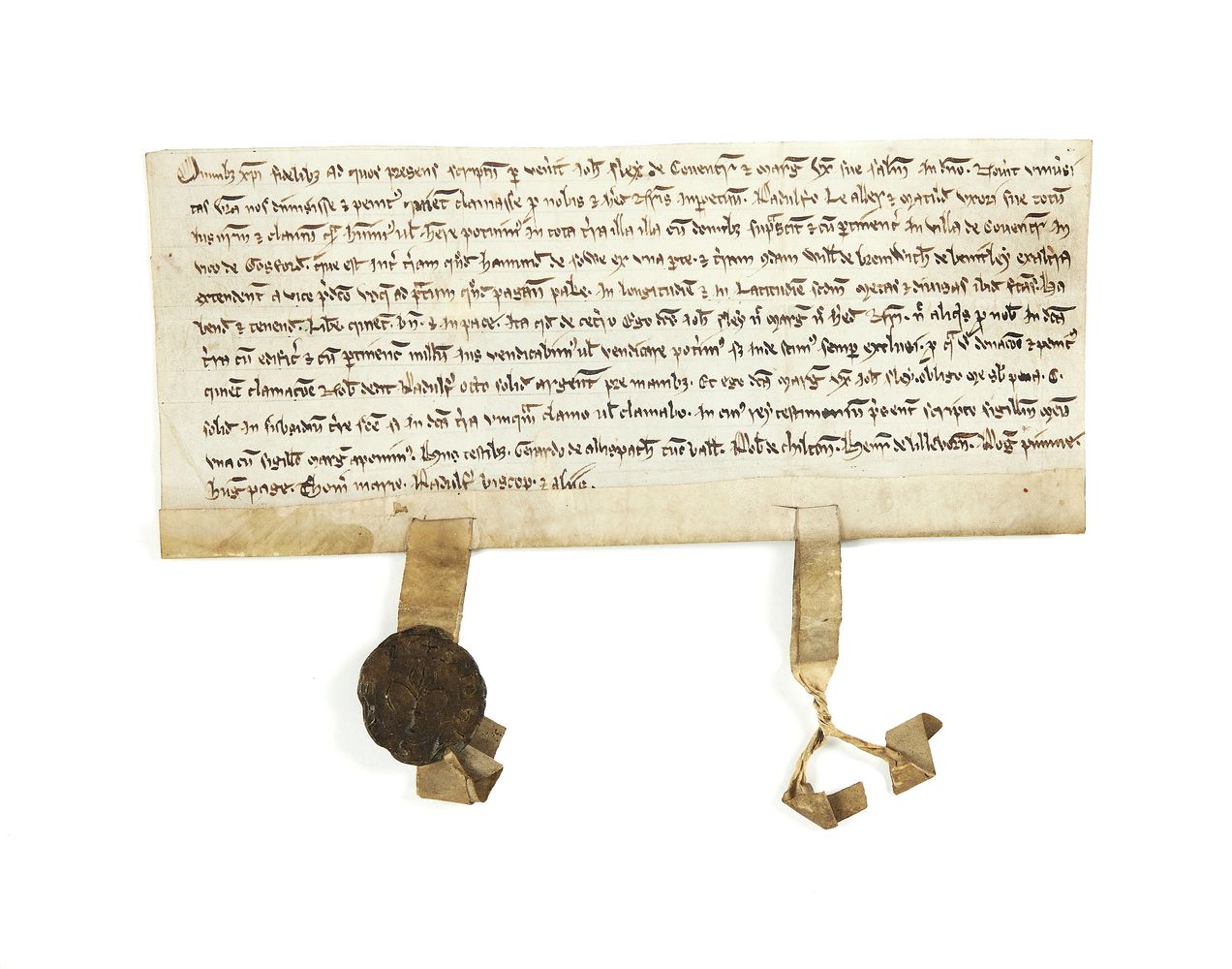
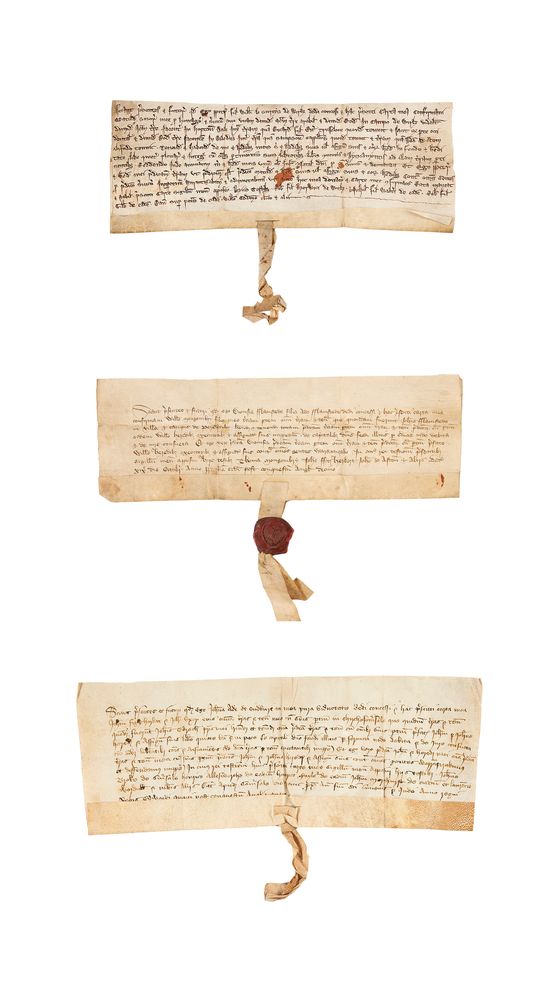
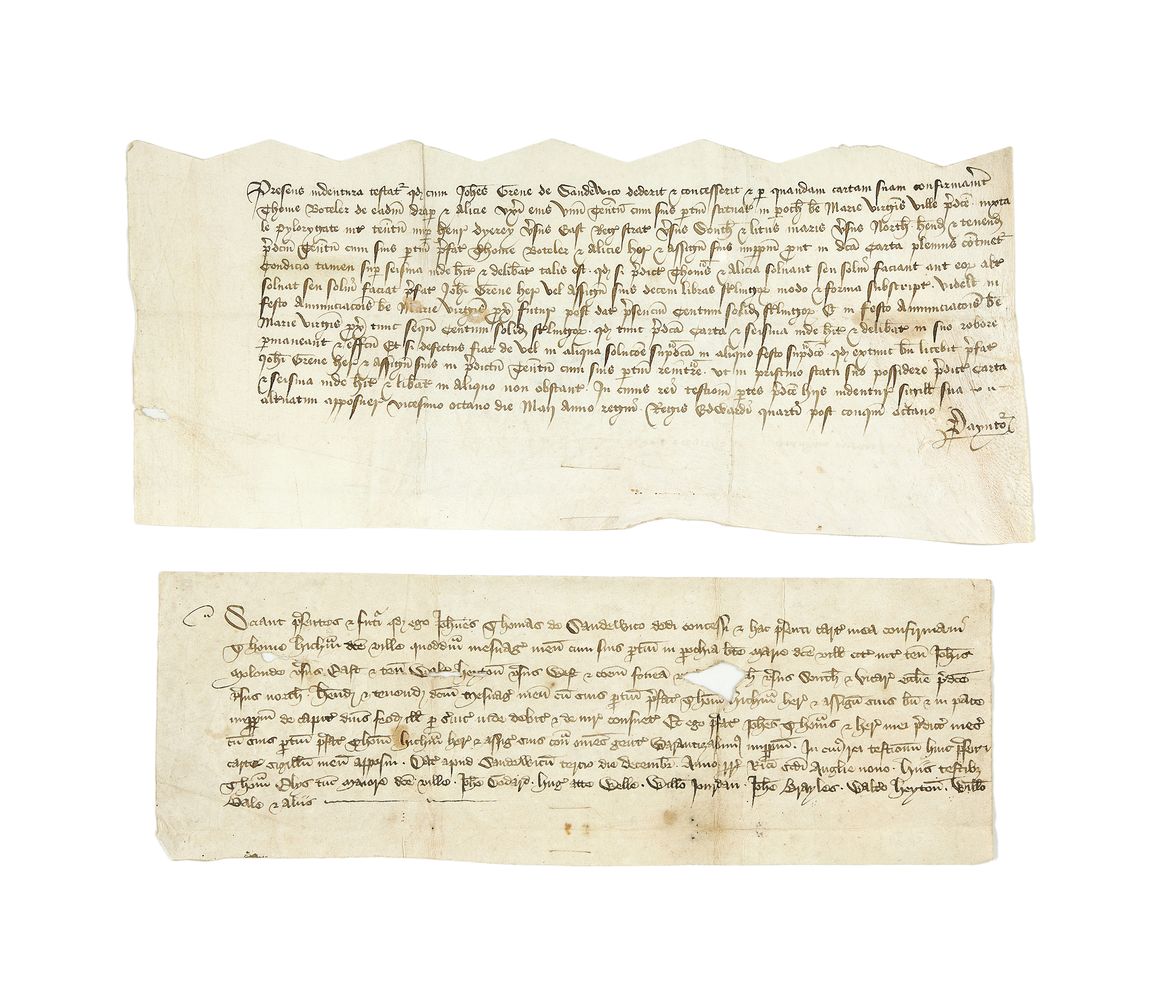
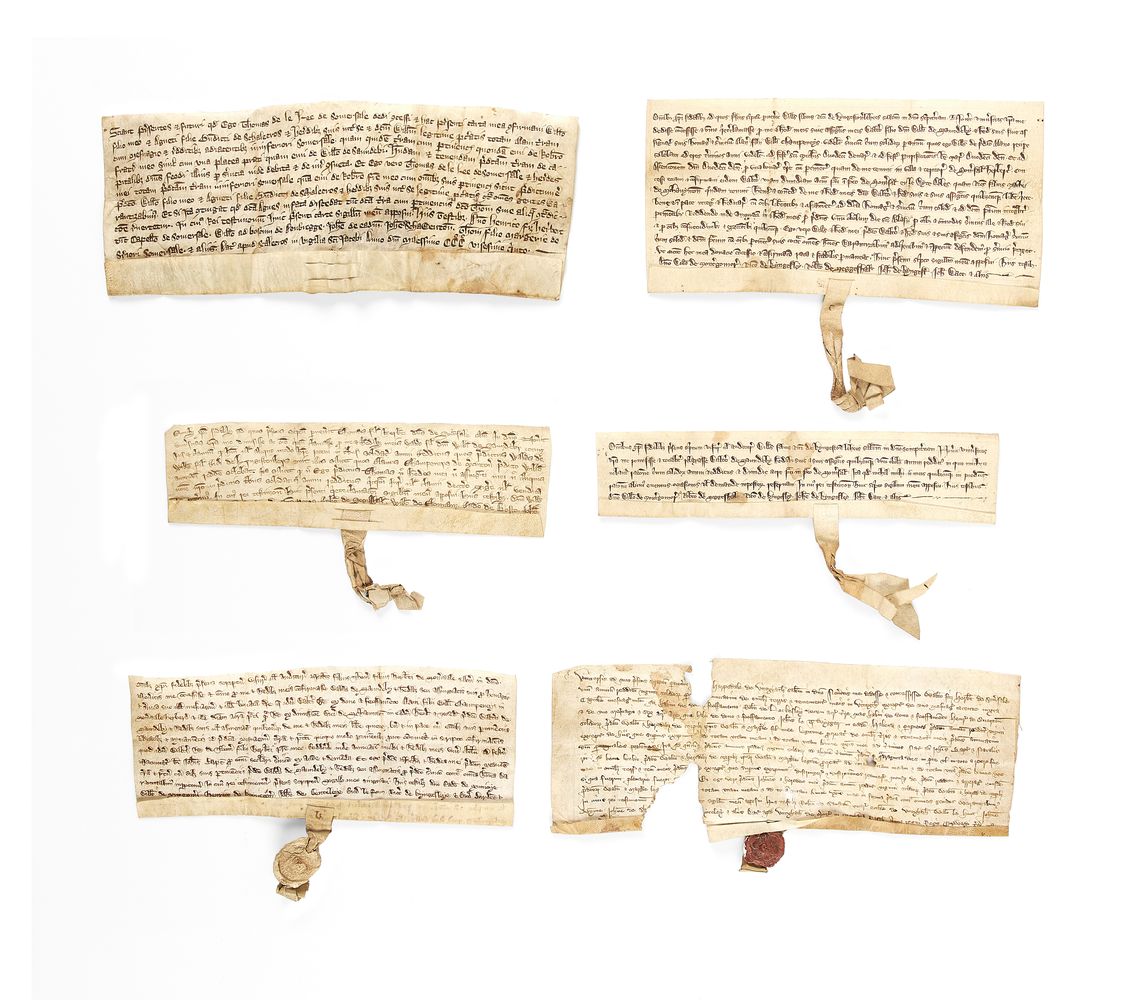
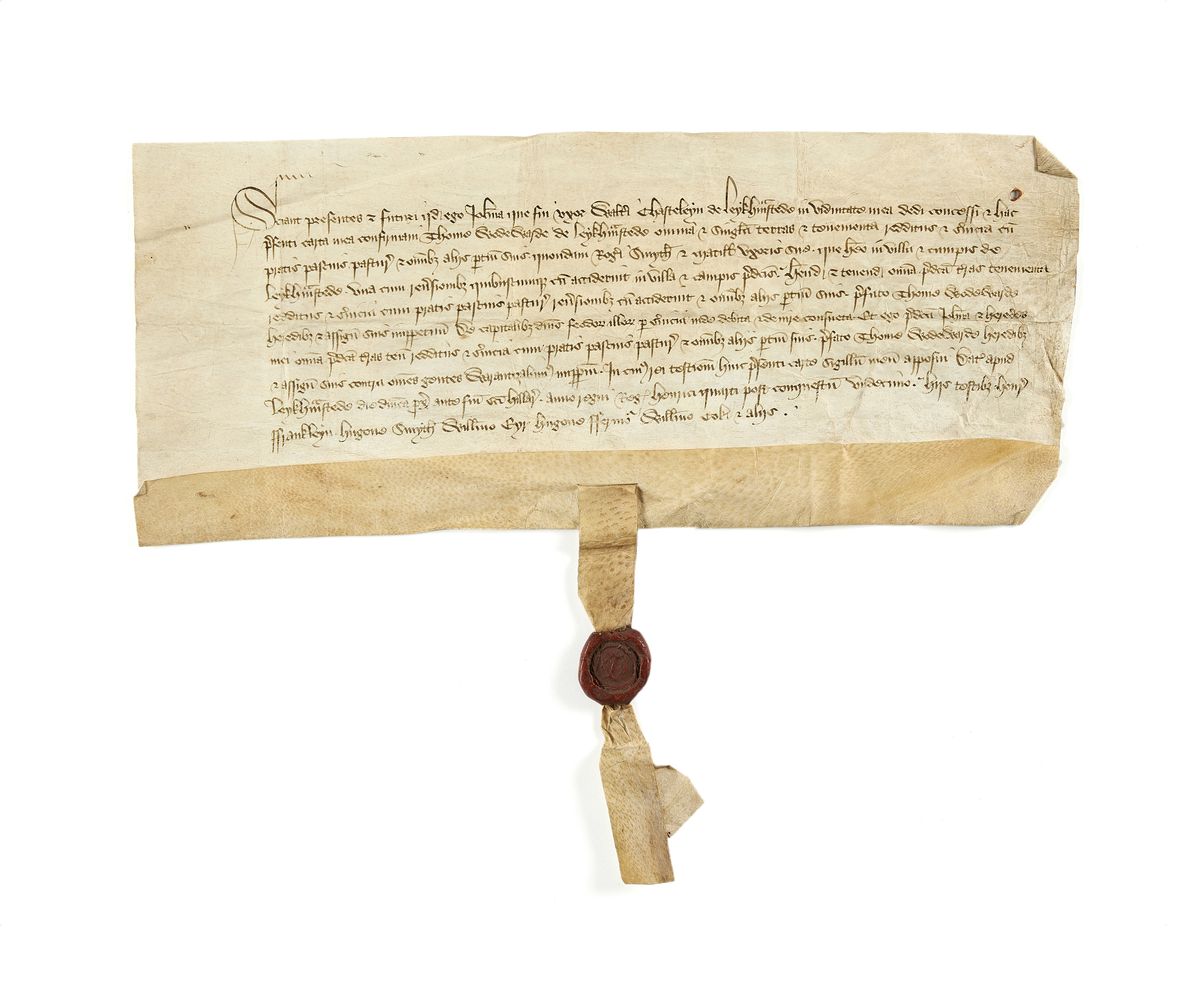
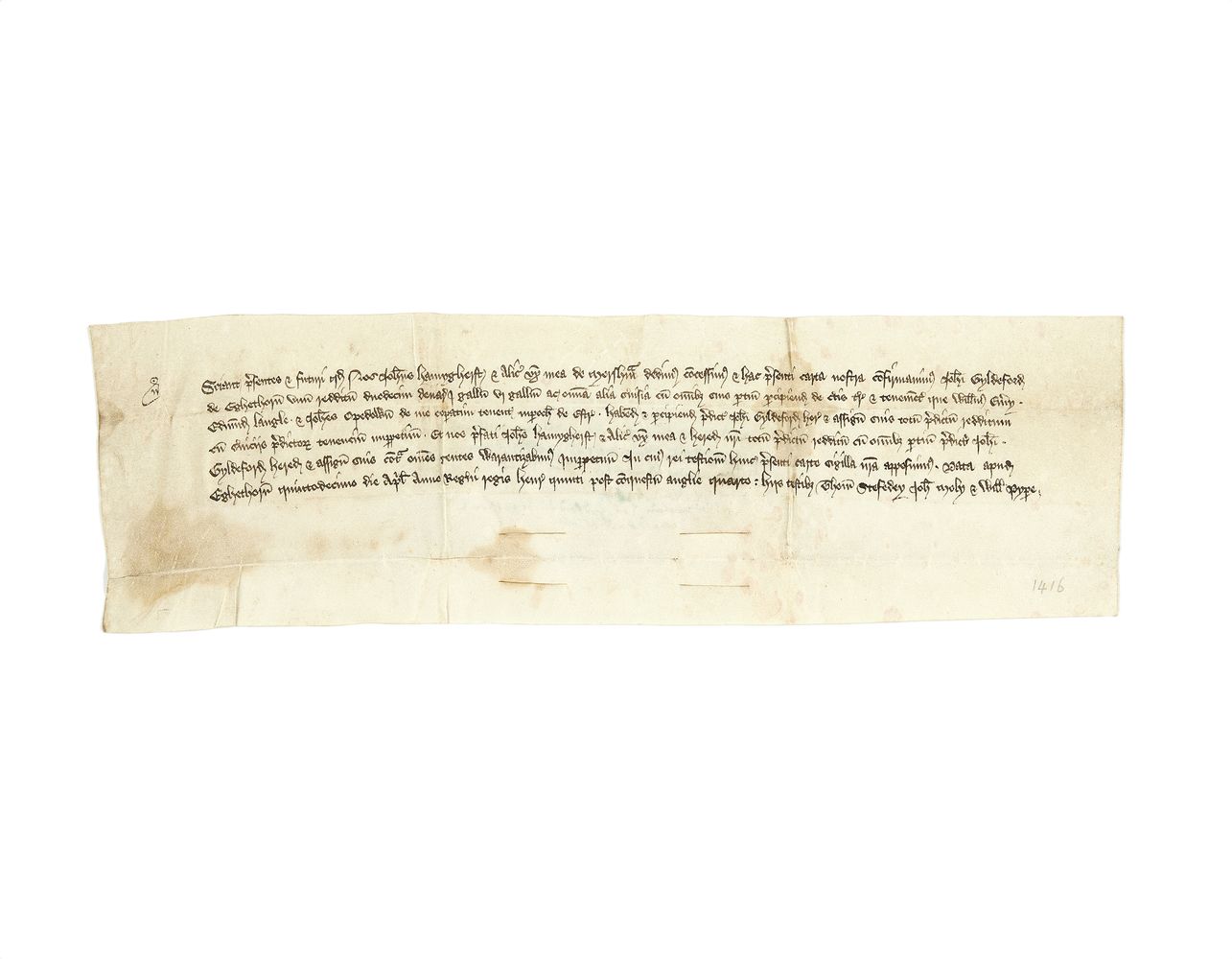
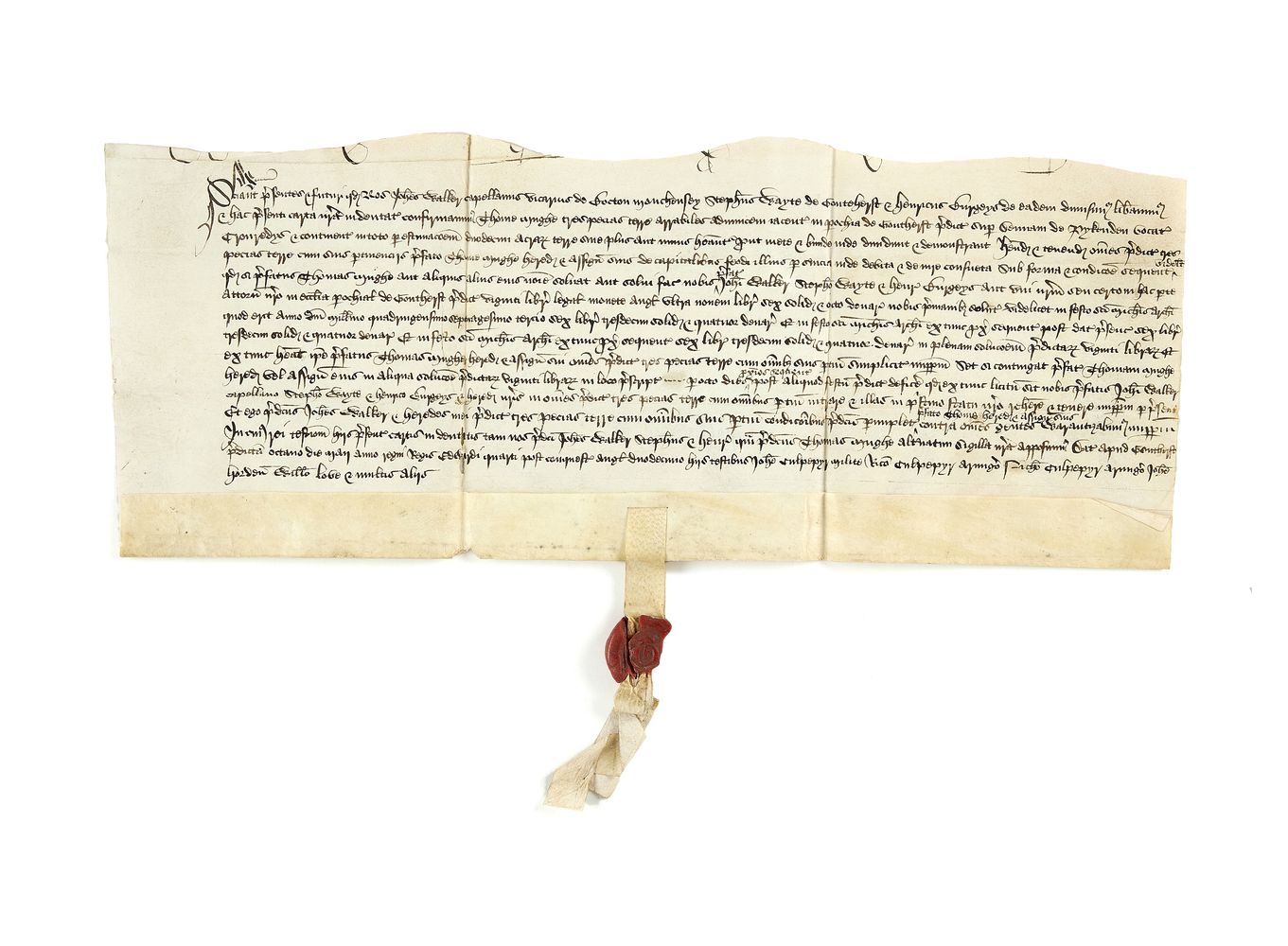
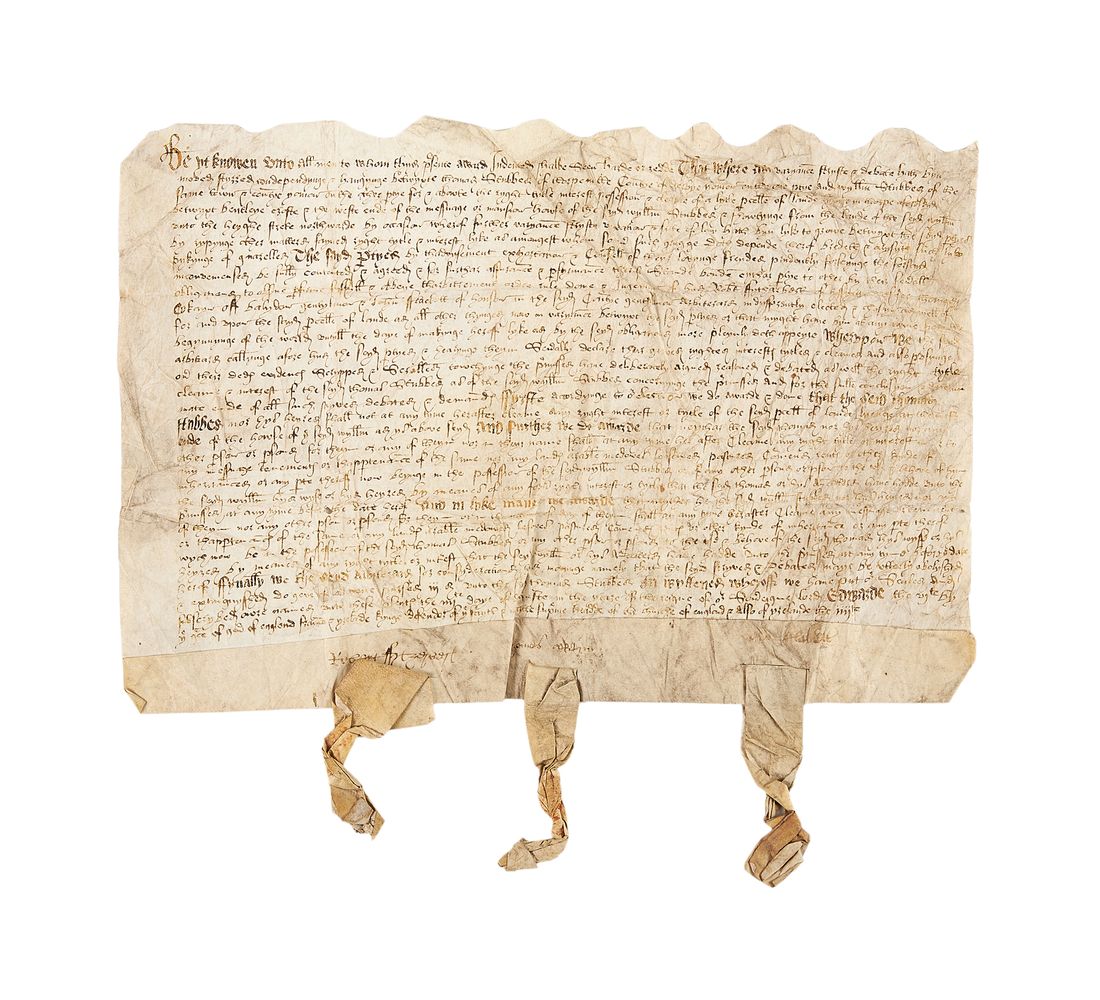

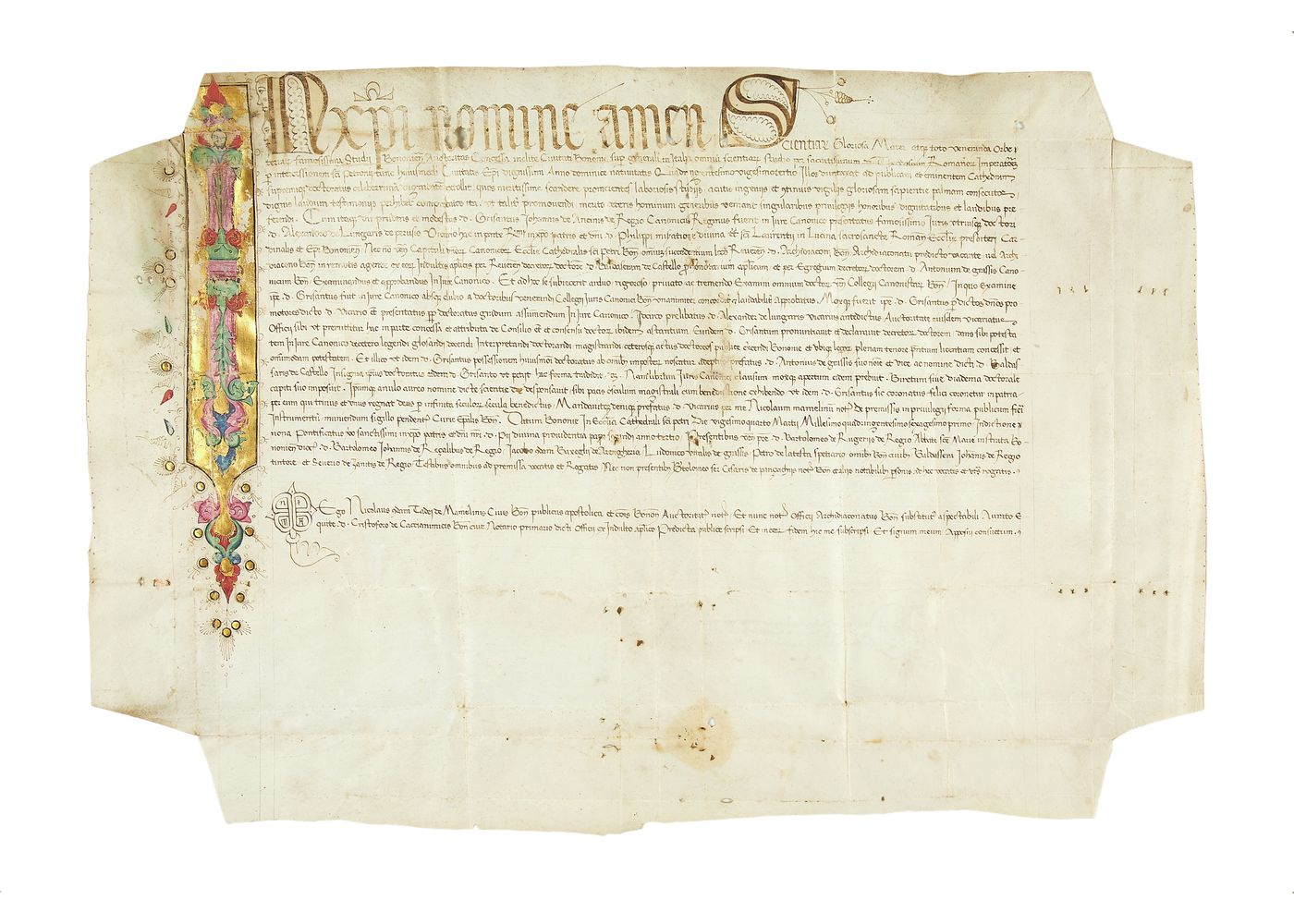
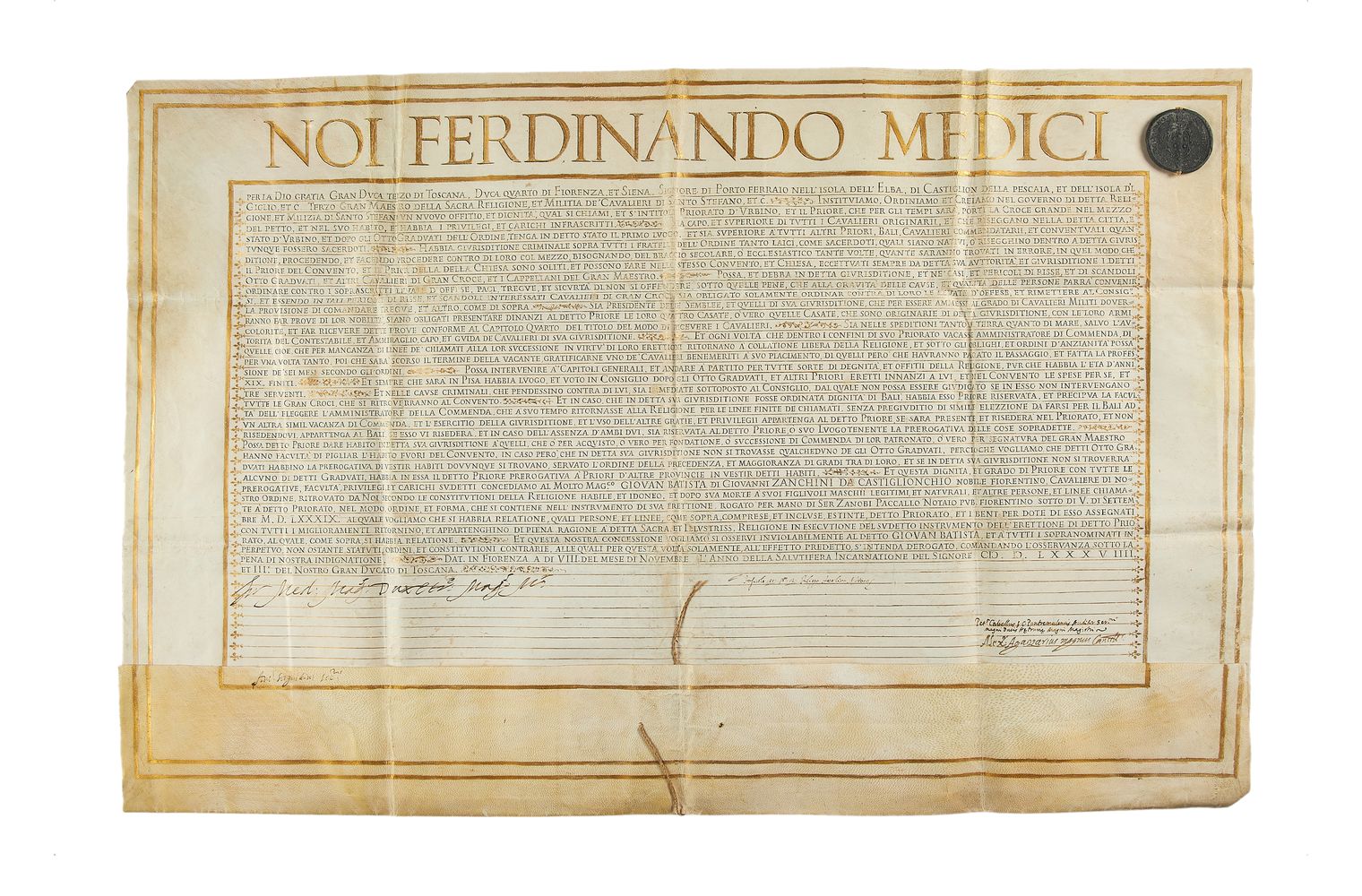
Testen Sie LotSearch und seine Premium-Features 7 Tage - ohne Kosten!
Lassen Sie sich automatisch über neue Objekte in kommenden Auktionen benachrichtigen.
Suchauftrag anlegen